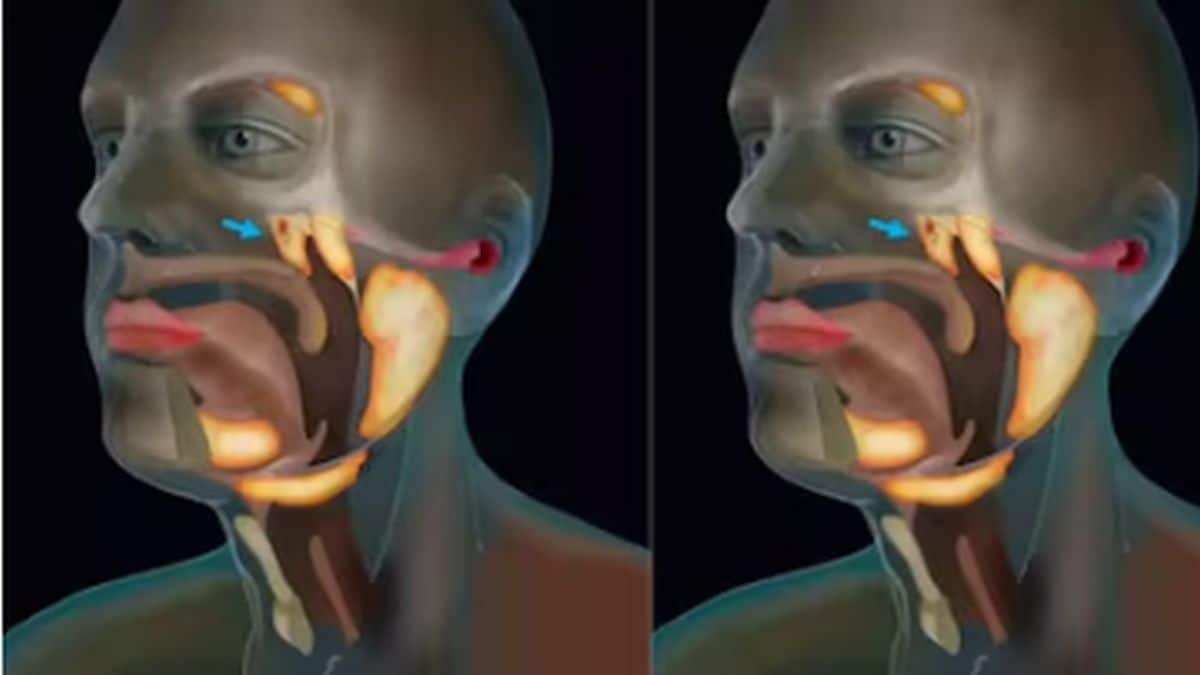On 2 December 1984, India witnessed one of the world’s worst industrial disasters. The Bhopal Gas Tragedy affected the lives of over 600,000 people due to a leak of at least 30 tonnes of methyl isocyanate gas from the pesticide factory of Union Carbide India Ltd. Every year, the Indian National Pollution Control Day is observed on 2 December to honour the lives lost that day and to renew attention and campaigns to fight pollution in the country. In 2020, National Pollution Control Day falls around the end of a year marked by a global health crisis - the COVID-19 pandemic. It’s very important to understand that pollution, especially air pollution, has a severe impact on our lives. When combined with an ongoing pandemic that is still going strong in India, the need to highlight and understand the dangerous association between COVID-19 and air pollution is crucial. The state of air pollution in India The rising air pollution levels in India are a huge cause of concern. The winter months usually see a critical spike in the air quality index (AQI), especially in and around the states where crop stubble is burnt. Despite partial or complete firecracker bans, the festive seasons of Dussehra-Diwali inevitably witness AQI deteriorations. But outdoor air pollution apart, indoor air pollutants are also on the rise. According to the State of Global Air 2020 (SoGA 2020) under the Global Burden of Disease project, particulate matter (PM) air pollution is now the biggest health risk in India. The report states that more than 116,000 infants die every year in the country due to outdoor and household PM pollution. In 2019, long-term exposure to outdoor and household air pollution contributed to over 1.67 million deaths from stroke, heart disease, heart attack, diabetes, lung cancer, chronic lung disease and neonatal diseases. This state of air pollution and associated risks proves that the Indian population already has high exposure to air pollutants, which is well known to lead to slow and steady lung damage. How air pollution contributes to COVID-19 Come 2020 and you have to add COVID-19 — a respiratory viral infection that has a huge impact on the lungs, heart and brain — into the equation too. A 2003 study in Environmental Health found a positive correlation between both short- and long-term exposure to ambient air pollution and the SARS epidemic in China, suggesting that viruses that predominantly affect the respiratory system cause severe disease in populations exposed to air pollution. Preliminary studies about SARS-CoV-2 and air pollution have found a similar link. A study published in Environmental Pollution in June 2020 found that areas of Italy that had high levels of air pollution exposure also reported a higher number of COVID-19 patients developing acute respiratory distress syndrome (ARDS) and eventually dying. The study clearly showed that prolonged exposure to air pollution leads to chronic inflammatory stimulus even in young and healthy people, which in turn leads to chronic respiratory conditions that leave the lungs and body vulnerable to severe COVID-19 infection. The risks associated with PM pollution and COVID-19 are graver still, as other studies indicate. Can PM pollution fuse with SARS-CoV-2? A study published in Science Advances by researchers at the Harvard TH Chan School of Public Health in November 2020 suggests that someone living in an area with long-term exposure to high PM pollution has a roughly 11 percent increased risk of dying from COVID-19 infection and its severe complications. While the absence of individual-level data of air pollution exposure could not help the scientists pinpoint any causal specificities about how exposure leads to higher odds of dying from COVID-19, the study clearly shows that there’s a clear and present mortality threat when air pollution and COVID-19 coexist. The findings of a study published in Environmental Research in September 2020 is even more alarming. A team of Italian researchers hypothesized that SARS-CoV-2 may be present in PM and conducted experiments to evaluate this link. They found that the ribonucleic acid (RNA) and gene structure of SARS-CoV-2 virus could indeed fuse with PM, providing the first evidence that PM and similar aerosols that cause air pollution can actually work as carriers for COVID-19. Another study in the International Journal of Environmental Research and Public Health suggests that searching for SARS-CoV-2 RNA in PM can help researchers predict where an outbreak or wave of COVID-19 is going to hit next. As more and more research is conducted, scientists might discover more about the link between air pollution and COVID-19. In the meantime, it’s urgent that policymakers and health agencies take strict steps to help control air pollution levels to not only minimise long-term health risks but also to curb the risk of spikes in COVID-19 cases. For more information, read our article on Air pollution linked to higher incidence of COVID-19 deaths. Health articles in Firstpost are written by myUpchar.com, India’s first and biggest resource for verified medical information. At myUpchar, researchers and journalists work with doctors to bring you information on all things health.
As more and more research is conducted, scientists might discover more about the link between air pollution and COVID-19.
Advertisement
End of Article


)

)
)
)
)
)
)
)
)



